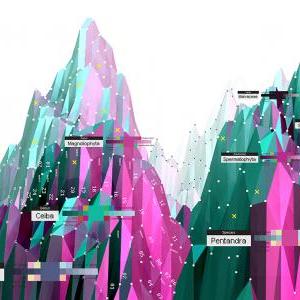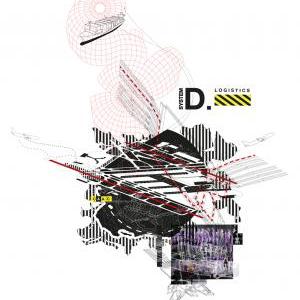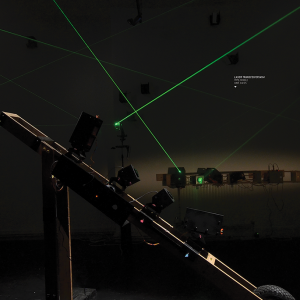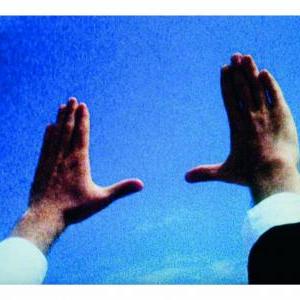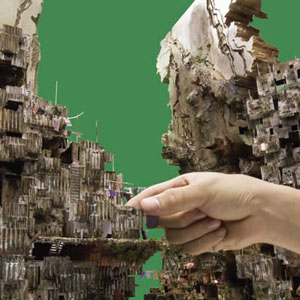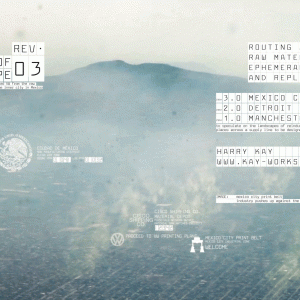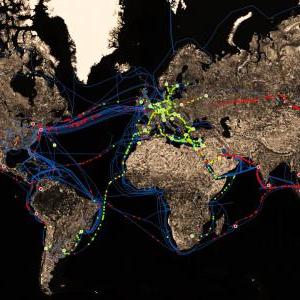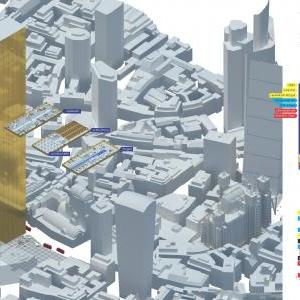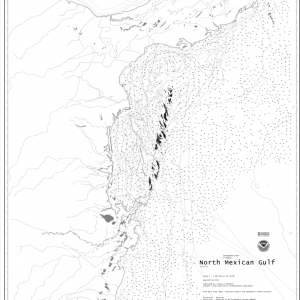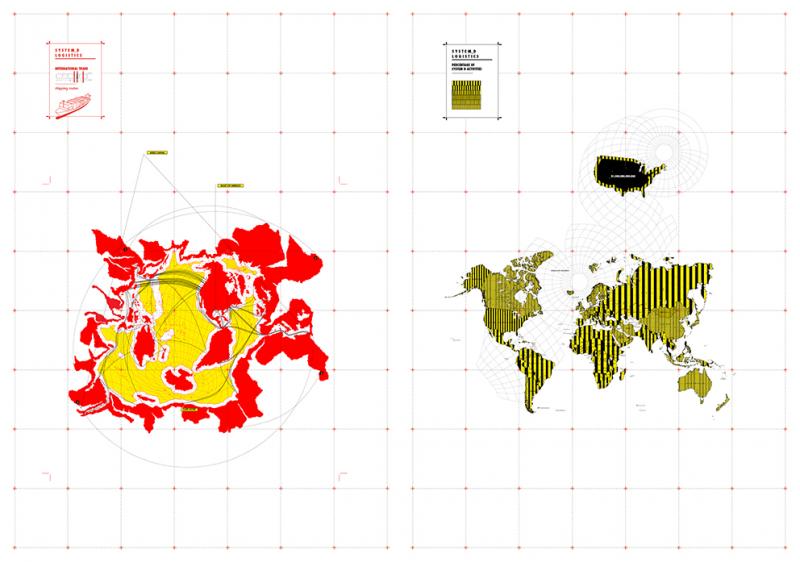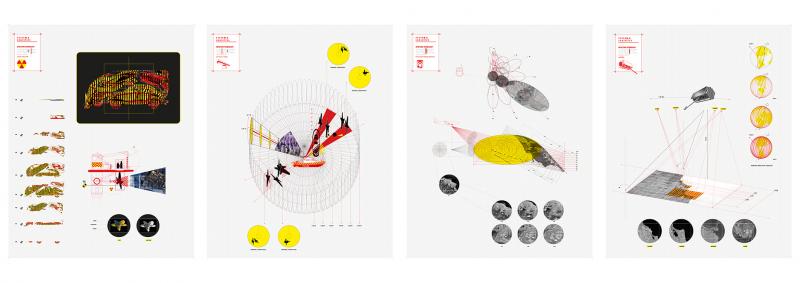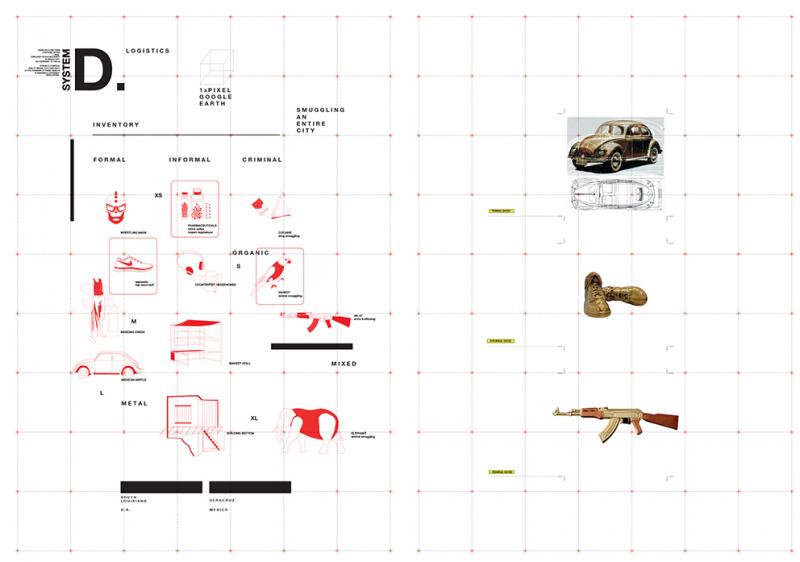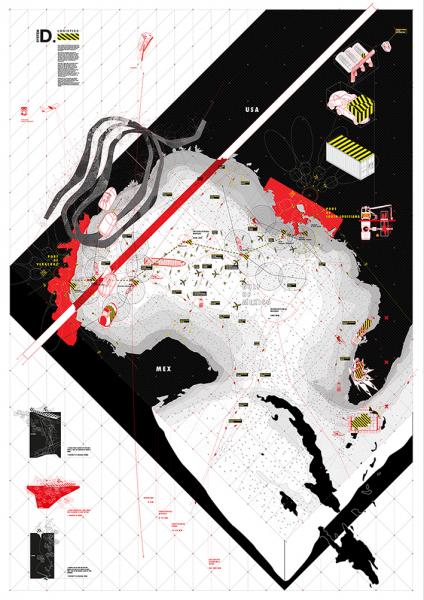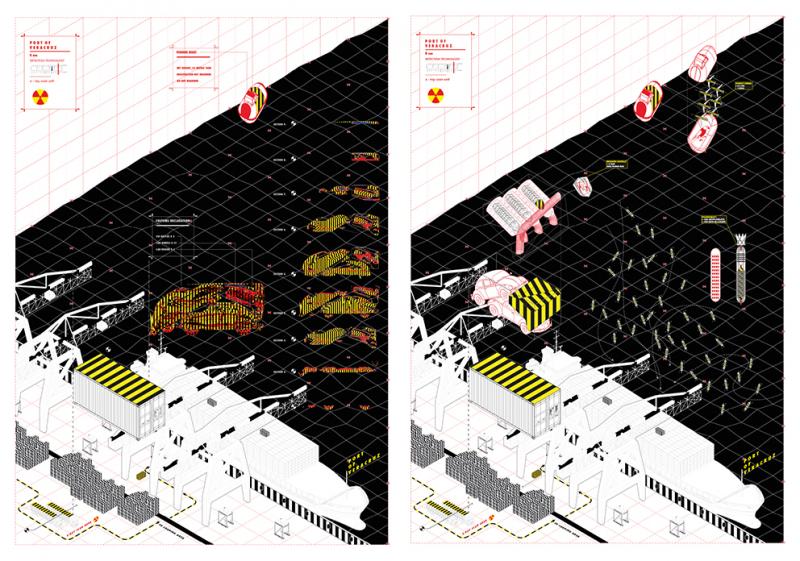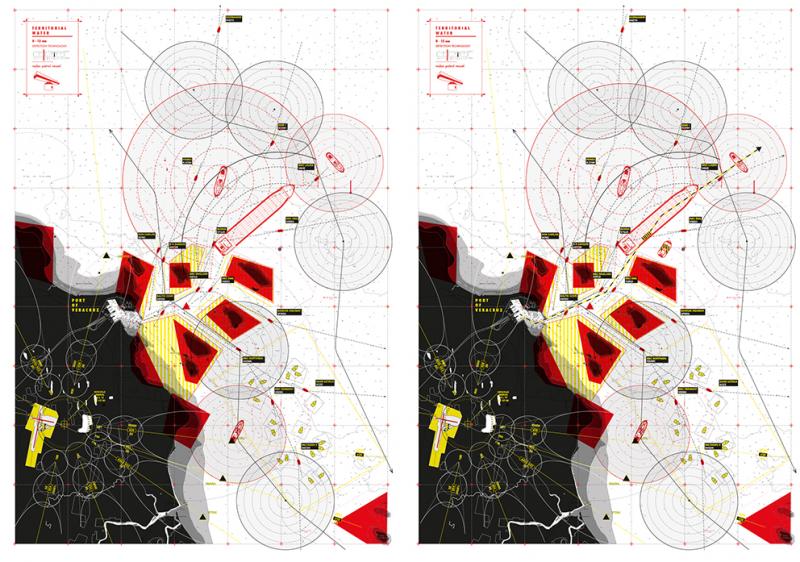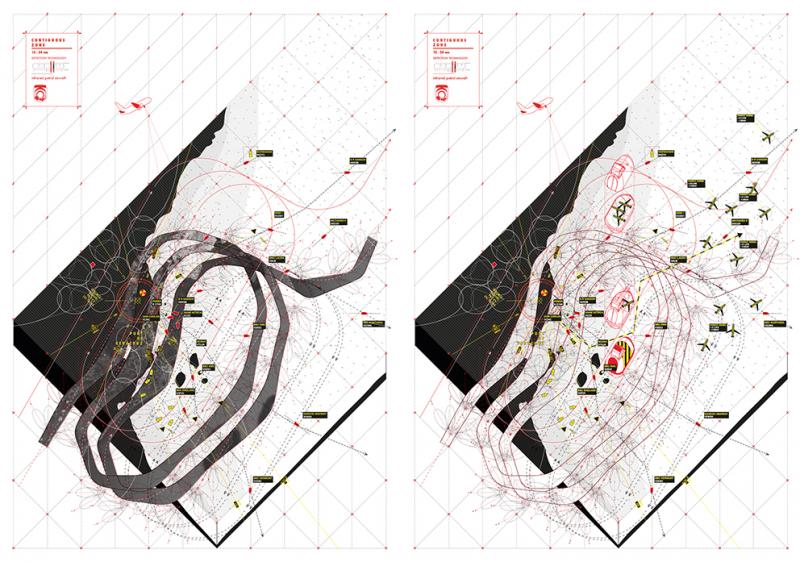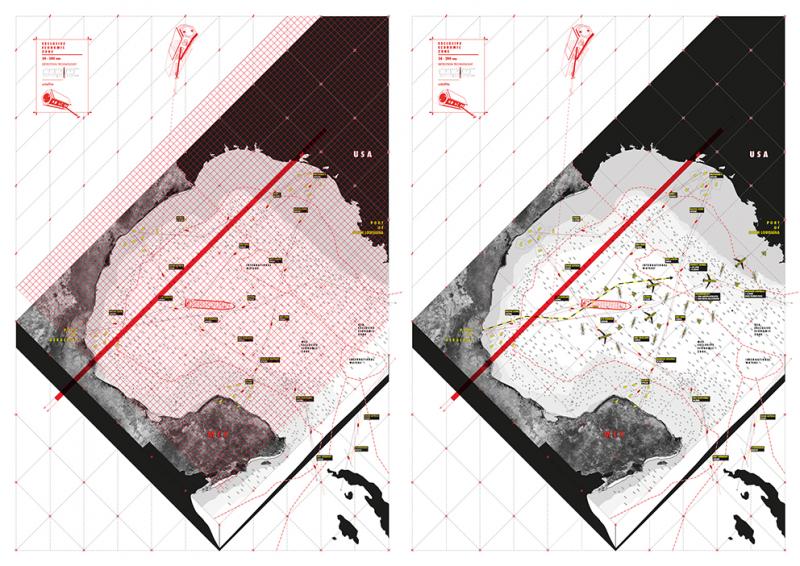The ‘Unknown Fields Division’ of Diploma 6 is a nomadic design studio that takes annual treks to the to explore peripheral landscapes, industrial ecologies and precarious wilderness. These landscapes – iconic, ignored, excavated, irradiated and pristine – are embedded in global systems that connect them in surprising and complicated ways to our everyday lives.
This year as the world of new-agers, mystics and psychonauts pilgrimage south, Unknown Fields journeyed with them to Central America to ponder the rise and fall of cities and civilisations, both ancient and modern, and to investigate the cultural and technological infrastructures that underpin them. These fallen empires leave infrastructural traces, evidence of their greatest dreams and fears. In this time of crisis, as the future again becomes a project and the Mayan long-count calendar starts anew, we have imagined what comes next.
As members of our Department of Irrational Logistics, Harry worked in the shadows of the megacity imagining the trail of a 3D-printed VW, from the raw material ports to the markets of inner-city Mexico, Stefan proposed an archipelago of season-free trade zones in landscape loopholes on the US-Mexican border, and Evan, as a consultant for Levis, suggested condensing the global supply chain of 501s into a single factory – the biggest building in human history. Tobias of our Finance and Speculations Division programmed an autonomous infrastructure of mobile server farms that drift along fibre optic cables and search for trading sites while Jack has rallied investors to fund a gold-plated residential tower that smuggles a social housing agenda into a skyline of wealth.
In our Laboratory for Instruments and Imagination, Artemis engineered a superstitious city of seismic instruments while Selim built a floating observatory to calibrate the edges of space. With our Simulated Botanies Group, Chapman subverted the cartel cocaine economy with a bioengineered coca seed, and Ling archived the DNA of an endangered Guatemalan rainforest in the digital landscapes of massive multiplayer games loaded on almost all the planet's machines.
Unit Masters
Liam Young
Kate Davies
Special Forces
Motion Designer Oliviu Lugojan-Ghenciu, Science Fiction Author Tim Maughan, Comic Illustrator Kristian Donaldson, Filmmaker Ilona Gaynor, Mexico Fixer Diego Trujillo, Photographer Carlos Alvarez Montero, Animator Jonathan Gales, Hacker Eleanor Saitta, the high-altitude research team at the Mexico Large Millimetre Telescope and the accommodating border guards at the Mexico, Guatemala and Belize border crossings.
Zhan Wang
As an artery of international trade and a crucial part of the global economy, sea born trade routes are heavily monitored by various technologies that enforce regulations and detect irregular activities. The types of economic activities in question are often described as "under the table" and "off the books" as they are not taxed or included in any Gross National Product. Collectively, this type of trade is the world’s second largest economy, worth $10 trillion a year and employs over half of the world’s population. Sampling a few items contained within 1 pixel displayed on google earth's view in Mexico City as a shipment to the US, System D logistics aims to reveal the complexity of the transfer of these objects in regards to different regulations. Deploying various tactics along the shipping route to evade detections, the project tries to highlight the extraordinary lengths the authorities go to in order to tax an industry that employs the majority of the population. Making half of the world's economic activities illegal strains resources when it could be more effectively used elsewhere. The technology of surveillance is not infallible, it is full of cracks and represents the interests of those who profit from the regulation of goods.
